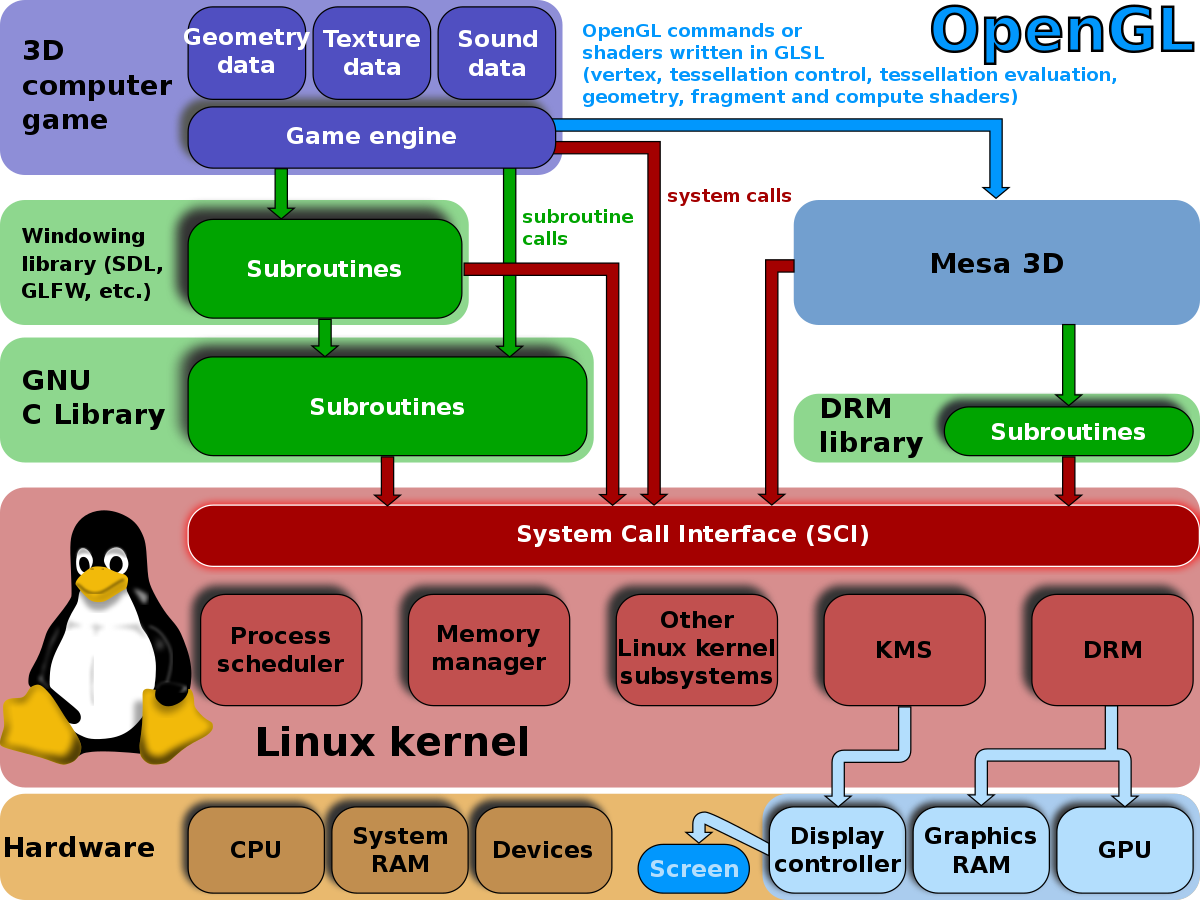Phoronix: Igalia Has Been Doing A Great Job On The Raspberry Pi Graphics Drivers
In addition to Igalia working with Valve on AMD color management / HDR, Igalia engineers have also been working on the open-source Raspberry Pi kernel and Mesa drivers for the Raspberry Pi Foundation. This work includes the timely enablement of the new Raspberry Pi 5 hardware support...
In addition to Igalia working with Valve on AMD color management / HDR, Igalia engineers have also been working on the open-source Raspberry Pi kernel and Mesa drivers for the Raspberry Pi Foundation. This work includes the timely enablement of the new Raspberry Pi 5 hardware support...



Comment